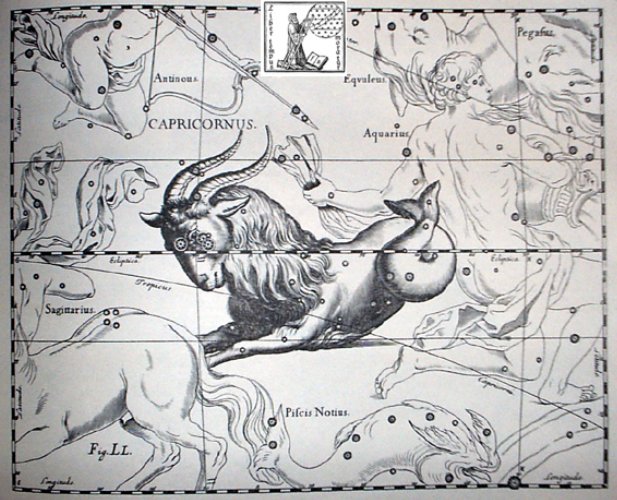The 7 explorers (planets) appear to have been 37 nights out at sea before reaching Easter Island: "On the twenty-fifth day of the first month ('Vaitu Nui'), Ira and Makoi set sail; on the first day of the month of June ('Maro'), the bow of Ira's canoe touched land again." (Manuscript E, p. 17)
If the calendar used in Manuscript E should have had the same number of days for each month as in our own Gregorian calendar, then Barthel's translation Vaitu Nui = April and Maro = June would give the number of days out at sea as June 1 (152) - April 25 (115) = 37. If instead the voyage stretched from the nakshatra dates October 25 (298 = 115 + 183) to December 1 (335 = 152 + 183) the number of days would also be 37. As I have indicted in my table above Vaitu Nui (the 1st month after the southern autumn equinox) ought to coincide with the 1st month after the northern spring equinox. But not in April but in 'April - i.e. according to the positions of the heliacal stars in Roman times and with 27 days difference compared to the situation in rongorongo times. 'April 25 (115) + 27 = 142 (May 22) and 'June 1 (152) + 27 = 179 (June 28). In rongorongo times the stars had moved ahead with 27 days due to the precession and counting days from 0h the number of days at sea should therefor be *99 (June 28) - *62 (May 22) = 37. Next, though, I have suggested we should instead try to coordinate the dates in Manuscript E with the nakshatra stars corresponding to 0h when located at Haedus II (at *75 in rongorongo times). With the royal canoes arriving to Easter Island in Tangaroa Uri 15, this date could have corresponded to the position of the first of the rising fishes with no 'fire feather' inside its head. At the time of the Hyades Gate Haedus II would have risen (as counted from a simple extrapolation) with the Sun in APRIL 1 and then could follow the time of 'making a king' (haka-ariki) including the necessary kava ceremony (378 = synodic cycle of Saturn) - before Rigel rose with the Sun:
  Tagaroa Uri 25, when the explorers left Easter Island for their voyage home, should then be equal to the nakshatra position at Gb6-4, 10 days after Gb5-23:
 If we then should move backwards in time to the arrival of the explorers to Easter Island, we should go back from Tagaroa Uri 25 (273) to He Maro 1 (152), i.e. with 121 days = 121 glyphs. 386 (Gb6-4) - 121 = 265 (Gb2-10):
North of the equator - which the glyphs primarily appear to describe - it was not an arrival to Land but the opposite, leaving Land. We can see this clearly in Gb2-10 where toes are at left and a fin at right. The heliacal stars were at left in Aquarius, close to the tail of Capricornus, and the nakshatra stars were close to the eye of Leo (between ε and μ):
In rongorongo times the stars which were at June 1 at the time of the Haedus Gate would had moved ahead with 75 days and would now be in August 15, where the day number (227) tells us this was a cardinal point (because 22 / 7 = π). 37 days out at sea followed by 121 days on land amounts to a total of 158 days. However, I don't feel comfortable with this number, it should rather be equal to 314 / 2 = 157. The authors of Manuscript E should not have missed such an opportunity for creating beauty. But it could be 157 if we counted with 29 days in April according to the pre-Julian calendar:
36 (= 6 * 6) days out at sea would then be followed by 121 (= 11 * 11) days on land, amounting to 314 / 2 = 157 days. |
||||||||||||||||||||||||||||||||||||||||||||||||||||||||||||||||||||||||||||||||||||||||||||||||||||||||||||||||||||||||||||||||||||||||||||||||||||||||||||||||||||||||||||||||||||||||||||||||||||||||||||||||||||||||||||||||||||||||||||||||||||||||||||||||||||||||||||||||||||||||||||||||





